Students Raise Questions About Eco-Friendliness of Makuvek Turf Field
Given that Moravian’s 2016-17 InFocus theme is sustainability, a number of students have questioned the College’s decision to use artificial turf when it constructed John Makuvek Field last fall.
The field behind the Haupert Union Building on Moravian College’s North Campus, known as the HUB lawn, used to be natural turf. Last summer, the College tore out the lawn and replaced it with artificial turf, at a cost of more than $3 million.
Sophomores Katelyn Snyder and Jonah Arndt raise doubts about the artificial turf.
“It’s good you don’t have to waste the gas to mow it and the water to irrigate it, but the environmental impact of putting it in I think was detrimental,” said Snyder. “For example, they had to tear down the trees. You are disrupting the environment. Wildlife lived in those trees.”
Arndt agrees. “I can’t honestly see any eco-benefit of having a turf field, mainly because of the destruction of the trees and real grass,” he said. “All I can see is it actually harming the environment, especially if there are any chemicals coming out of the turf and into the environment. Water running off the field could cause flooding and other damages as well.”
Mark Reed, vice president for finance and administration and co-chair of the College’s sustainability committee, has heard the concerns about artificial turf. But he said people overlook an important factor regarding the decision to use it: the “un-sustainable” elements of maintaining a natural grass field. He said many resources go into the maintenance of a grass field, which include water (for irrigation systems), chemicals to revitalize the field due to excessive use (Moravian uses the field for five varsity sports, and it’s in use the entire academic year), lawn equipment for maintenance, paint, etc.
“So, while a turf field does ‘feel’ much less sustainable, there are many sustainable elements to consider when converting from natural grass to a turf field,” said Reed.
Junior Joshua Toth, president of Moravian’s Environmental Coalition club and member of the College’s sustainability committee, explained some misconceptions about artificial turf and its seemingly contradictory relationship to the InFocus theme.
“It does sound like a contradiction,” said Toth. “But sustainability’s kind of a funny thing, because it needs to consider the things you don’t see, like the state of the social environment, the economic environment, and the physical environment. All three of those fields come into play.”
Most of the time people just look at the environmental side of sustainability and don’t think about ways to be economically and socially sustainable as well, Toth continued. For example, if we create an artificial turf field and discover later that we don’t need it, then it’s actually worse than what we have now. You’ve just wasted resources for nothing, which isn’t being sustainable, explained Toth.
Toth gave his opinion on why he thinks the artificial turf field has stirred so much public outcry. “I think it mainly has to do with the term ‘artificial.’ The word has a negative connotation, but it’s just stating that it’s not real grass. In the food and healthcare industry, ‘artificial’ automatically turns to ‘bad.’ It’s all about the rhetoric. We need to know more about what ‘artificial’ actually means.”
Reed addressed concerns about the field in an email he sent out to the campus on Feb. 26 of last year, updating students about the field’s progress.
“The new soccer field has been sized to the preferred NCAA dimensions, which is slightly larger than what was previously used,” wrote Reed.
Reed also noted that the turf field required run-off areas because the field had to be flat, whereas the natural grass field had a portion of the embankment that could serve as the run-off area. The leveling of the field for the artificial turf cut into the embankment and in turn, lengthened the overall field itself.
One of the biggest concerns was whether the artificial turf would pose health risks. Some students worried that plastic in the turf could emit dangerous fumes in hot weather.
Toth believes such worries are unfounded. “In hot weather, the field basically bakes. That causes a burnt rubber smell, but there’s nothing to be concerned about health-wise. It just has a bad smell,” said Toth.
Toth also addressed concerns about the plastic pellets in turf getting stuck in open wounds. “Turf injuries are more superficial as opposed to rocks/dirt in grass,” he said. “The pellets don’t go that deep into the wound.”
Toth said that Moravian hasn’t conducted its own tests to determine whether artificial turf causes negative health effects, such as cancer. However, other studies have been done to test for such possibilities.
Reed said the results show no reason for concern. “Currently, there is no research that directly links crumb rubber exposure to cancer Notably, the EPA does not consider crumb rubber to be a hazardous waste, and approves its use as turf field infill.”
The sustainability committee did extensive research on the effects of artificial turf and alternative materials that would be best for the environment.
“In the research that we conducted in doing our own due diligence, we found a study done by the University of California, Berkeley (Laboratory for Manufacturing and Sustainability) to be quite comprehensive,” said Reed.
The study, “Review of the Impacts of Crumb Rubber in Artificial Turf Applications,” describes some of the advantages of using artificial turf. It also explains the health concerns and some of the tests that have been done.
According to the Berkeley report, “A more recent study done by Meyers (2010) shows that the latest generation of synthetic surface, FieldTurf, is safer to play on than natural grass fields.”
Another major concern for the campus community relates to the trees that had to be cut down to make room for the field. It’s true that 14 trees were cut down in the process, said Toth, but they were either relocated elsewhere on campus or turned into mulch.
“Moravian College is a Tree Campus USA, one of only 14 in Pennsylvania, and we take great pride in our tree canopy,” said Reed. “We only remove trees when absolutely necessary and, as a general rule, replace them somewhere else on campus when we do.”
While the concerns about artificial turf are valid, the research conducted thus far has not proved a correlation between serious health effects and artificial turf. For now, the College will continue to practice sustainability while, at the same time, taking into consideration the economic and social sustainability sides as well.





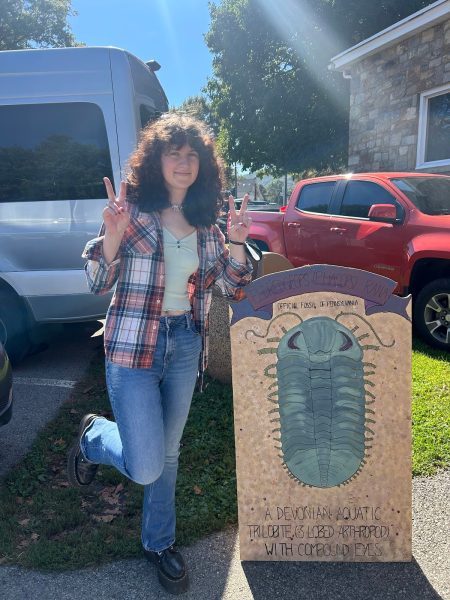
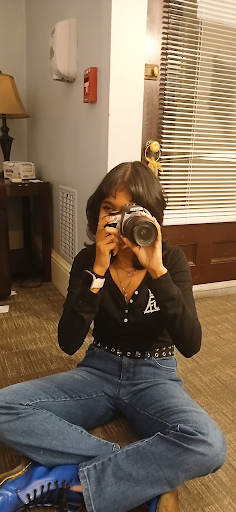
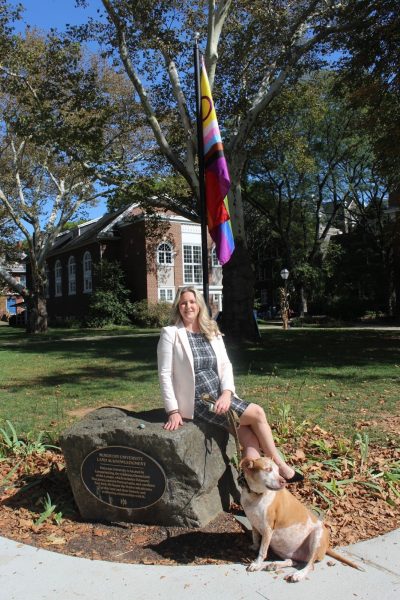
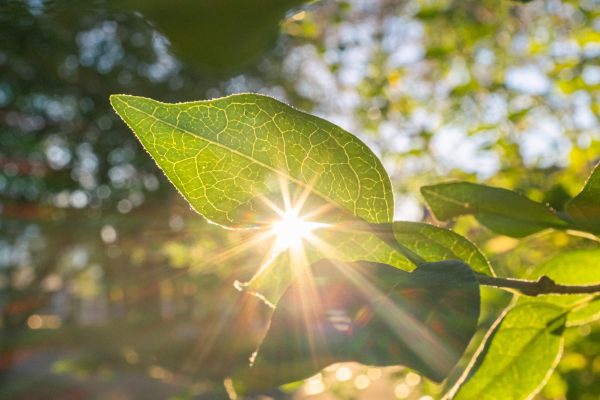

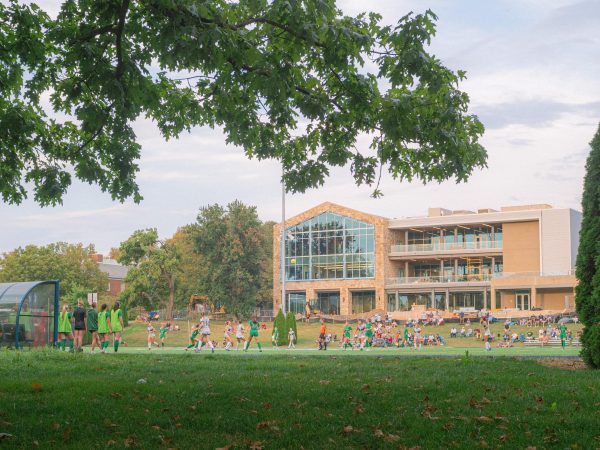
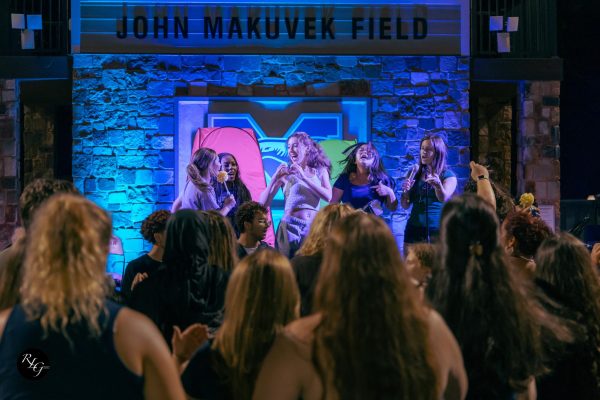
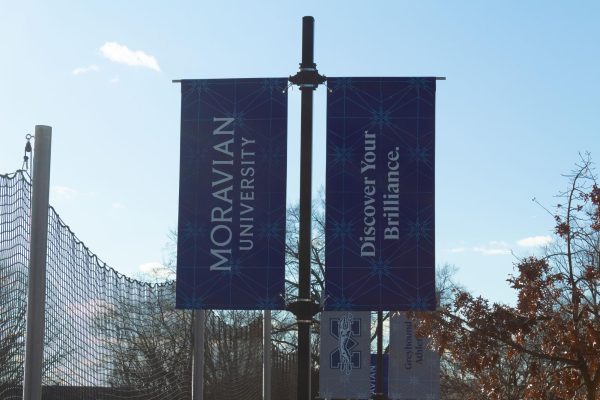
Joyce Hinnefeld • Feb 18, 2017 at 10:50 am
Fine article; I really appreciate the thoroughness here.